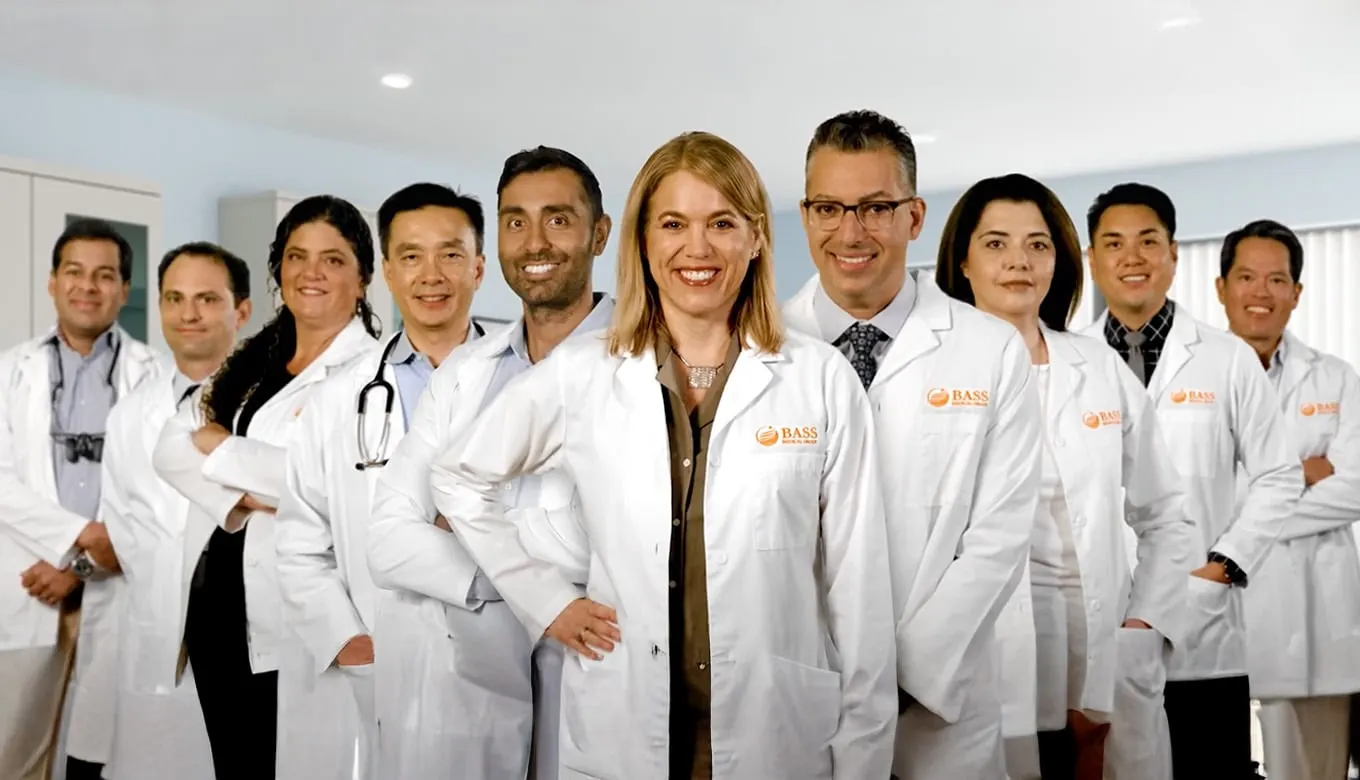
Sleep Medicine
Sleep Medicine at BASS Medical Group focuses on diagnosing and treating sleep disorders that impact your health, mood, and quality of life. Our specialists help patients struggling with sleep apnea, insomnia, restless legs syndrome, and other conditions affecting sleep cycles. We provide sleep studies, CPAP therapy, and lifestyle guidance—all customized to your unique needs. Coordinated care is available with pulmonology, neurology, and primary care to address related conditions like fatigue, chronic snoring, or nighttime breathing issues.

Not sure where to start?
Request an appointment today and get a personalized treatment plan from our trusted BASS specialists.
Contact Us Today!






